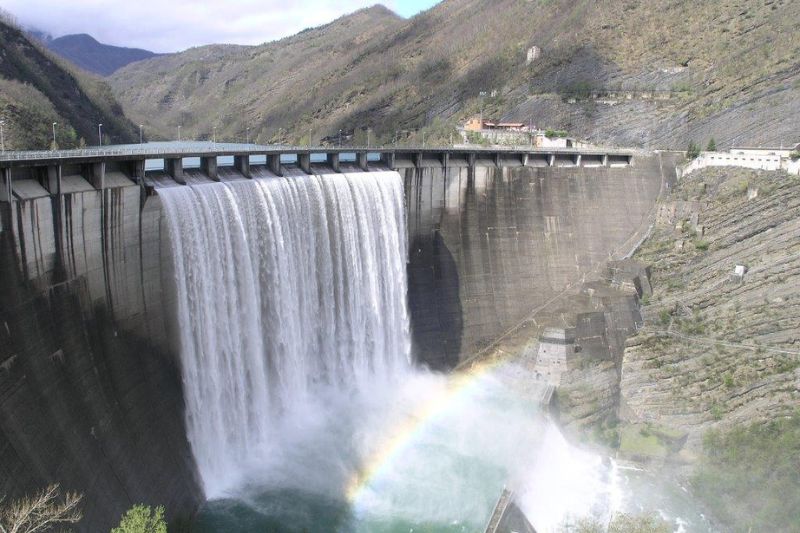Large dams risk

What they are. A dam is a hydraulic structure designed to bar a watercourse that creates an artificial lake by blocking its natural course.
In Italy, there are currently more than 500 large dams, which are structures with a height of more than 15 meters or can contain a volume of water of more than 1 million cubic meters (for example, the Cantoniera dam in the Province of Oristano). In addition, in Italy, there are thousands of smaller dams.
What they are used for. Dams are crucial to the management and sustainable use of water resources. In Italy, dams are primarily used to produce hydroelectric energy, irrigate farmland, and as drinking water reservoirs.
They also fulfill another important function: they store water during rainfall and then release it progressively over time to control river levels, limiting downstream flooding.
Dams are growing in importance as we experience more frequent alternating periods of drought and heavy rainfall due to climate change.
Management and supervision. The operators of Italy's large dams are public or private subjects that have obtained concessions from Regions and Autonomous Provinces.
Large dams are under state supervision through the Directorate-General for Dams and Water Infrastructure (DG Dams) of the Ministry of infrastructures and transport (MIT) for the safety and protection of public security.
Fonte foto: Sito web Direzione generale per le dighe e le infrastrutture idriche